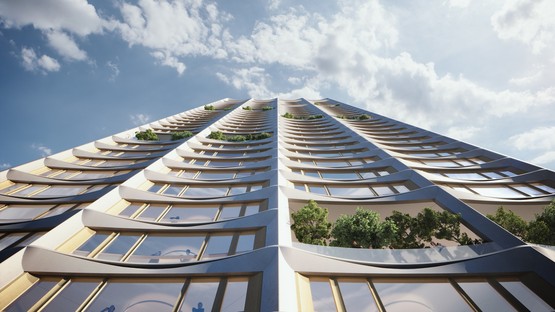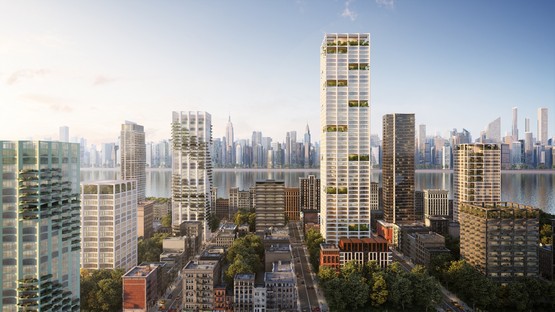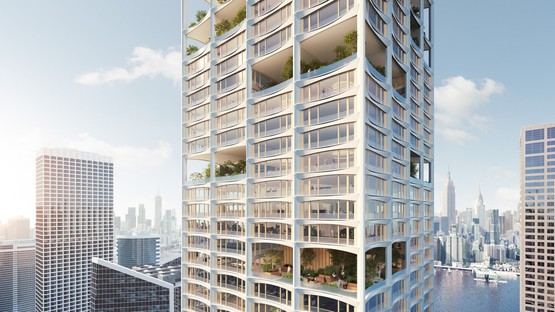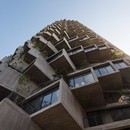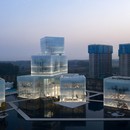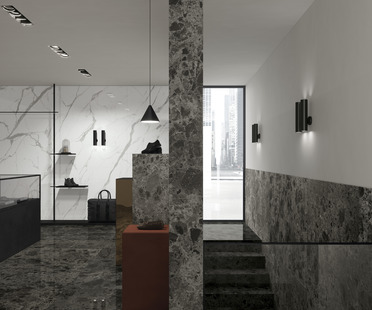11-11-2022
SOM Urban Sequoia NOW presented at COP27
Skidmore, Owings & Merrill LLP,
Sharm el-Sheikh, Egitto,
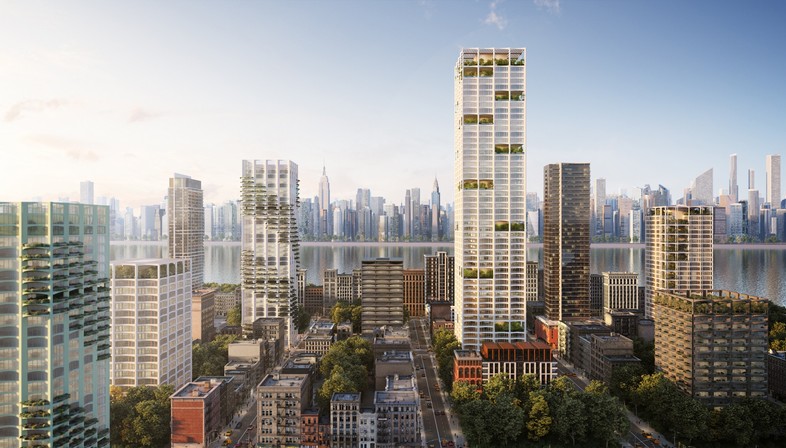
Can buildings, and cities, contribute to a dramatic reduction of carbon dioxide? Achieving the famous "zero emission" and also becoming an active part of absorbing and eliminating the carbon dioxide already in the atmosphere? Over the past year, a multidisciplinary team from the international SOM studio has been working to answer this question and the challenge it poses, developing the Urban Sequoia NOW project, which was presented on 8 November in Sharm el-Sheikh, Egypt, at the COP27,the 2022 United Nations Climate Change Conference. Urban Sequoia NOW is the result of a project that has been developed and refined from the research work that the same architecture firm presented at COP26 in 2021. What, a year ago, appeared to be a visionary concept has now become an achievable building. It is a skyscraper conceived as a living organism that can reduce carbon in the atmosphere, generate energy while in operation, and last longer than the 60 years considered an average lifecycle, typical of a building.
The data, presented by the international architectural firm, shows a 70% reduction in upfront embodied carbon compared to a regular skyscraper. In addition, in the first five years of its life, the building would reach a 100 per cent reduction in whole life carbon. Over an extended, 100-year lifespan, Urban Sequoia NOW would absorb more than 300 per cent of the amount of carbon emitted in its construction and operations. This is an astonishing result that presupposes a radical rethinking of the way buildings are designed, as it affects all aspects, from the choice of materials to structural and mechanical systems and the innovative technologies adopted. Each element is, in fact, considered in function of its ability to "absorb carbon" and construction in general is radically rethought in favour of a single, streamlined process in which each part of the building fulfils several functions. The skyscraper becomes a 'trap' for carbon and is able to store it for other industrial applications, thus creating a complete cycle and laying the foundations of a new economy linked precisely to the removal of this pollutant.
(Agnese Bifulco)
Images and video courtesy of SOM
Images credits © SOM | Miysis










